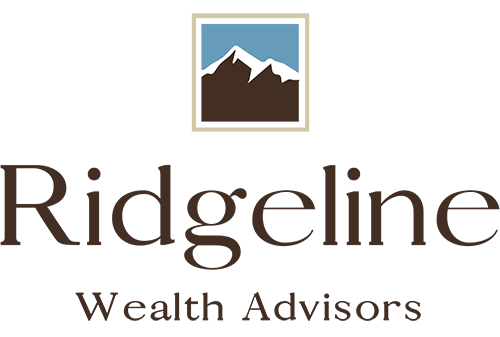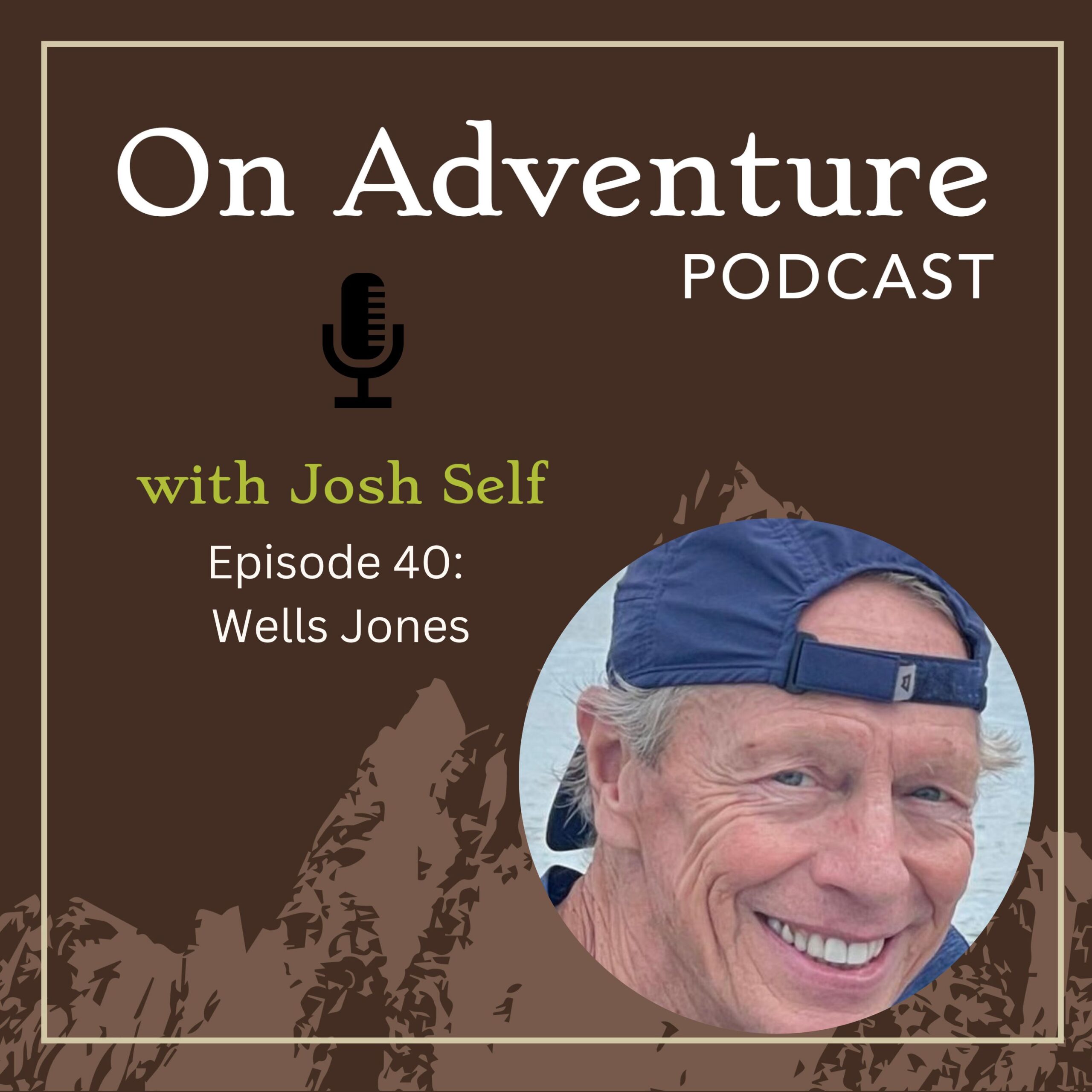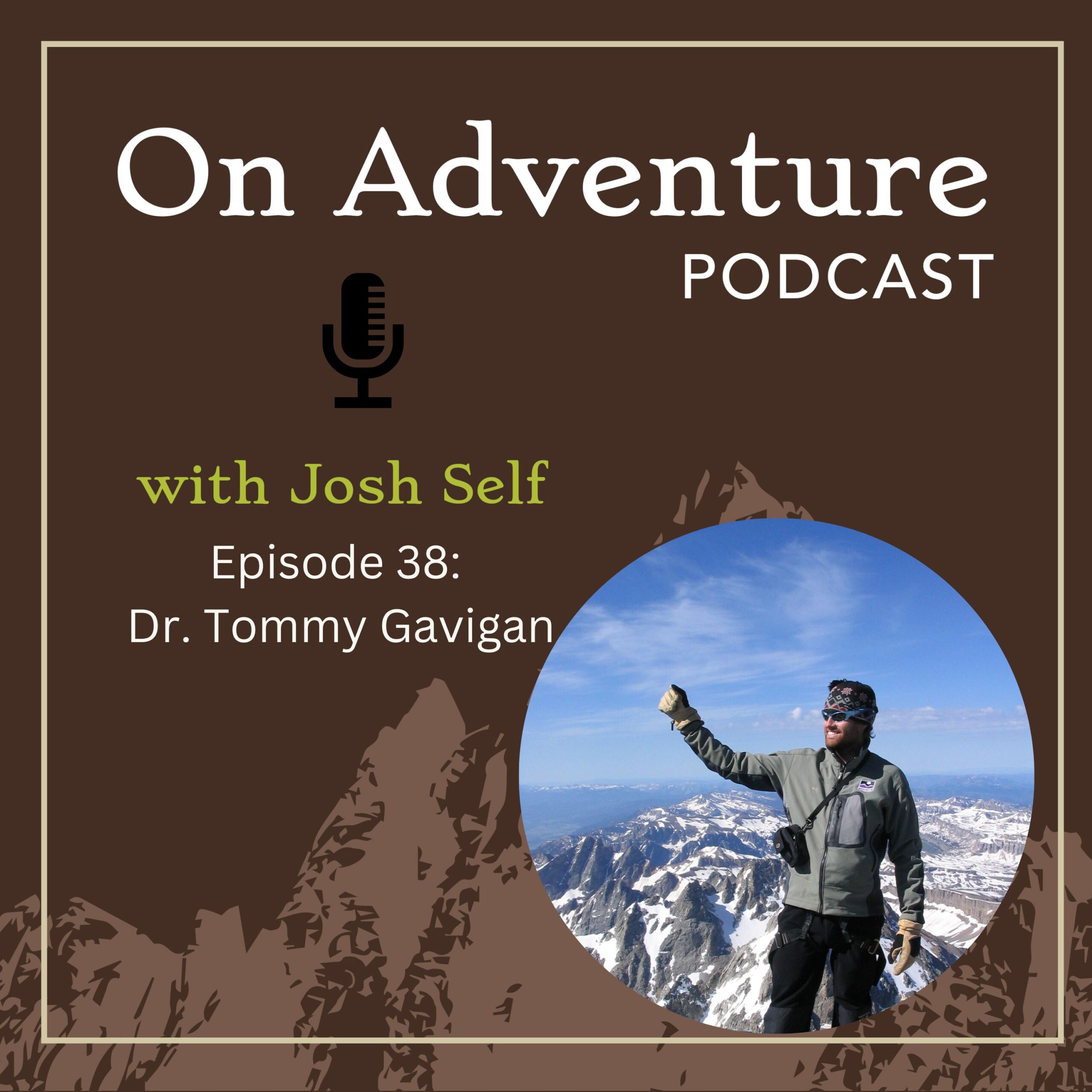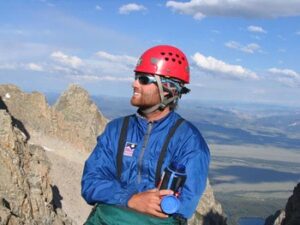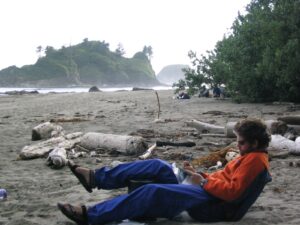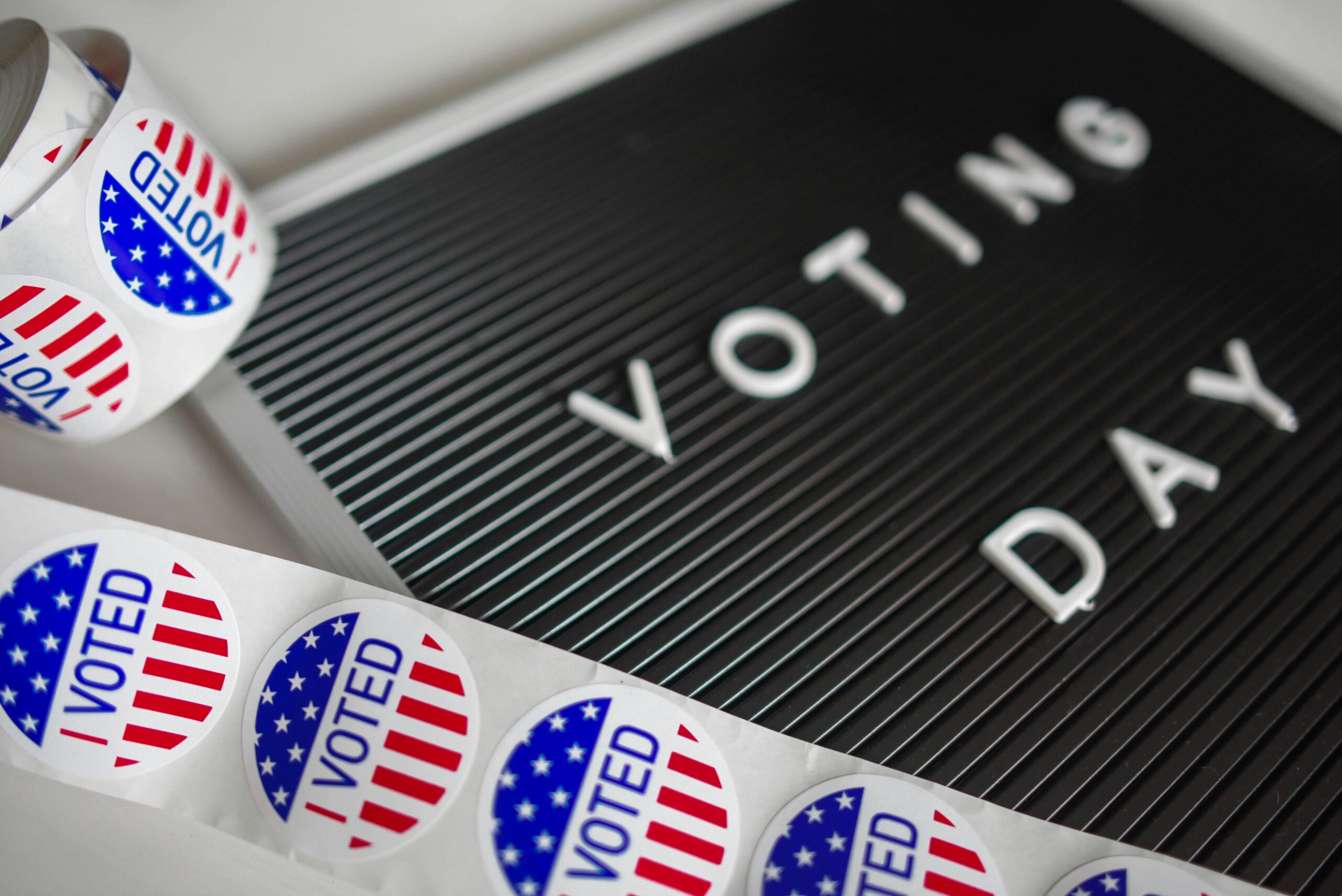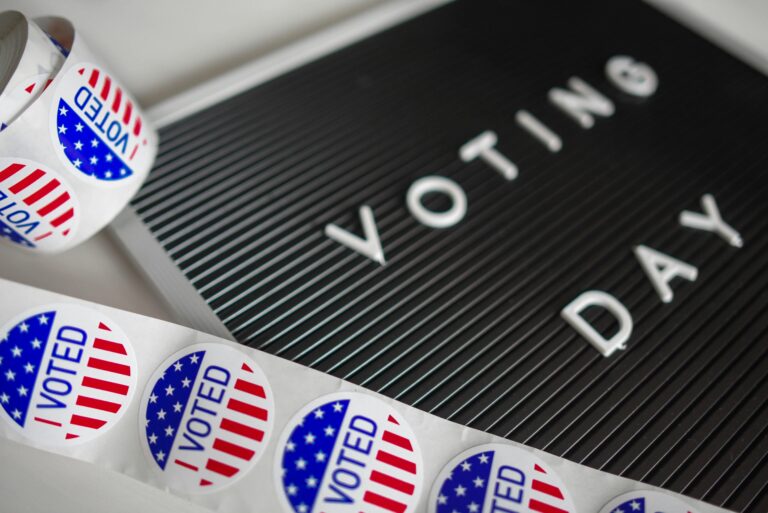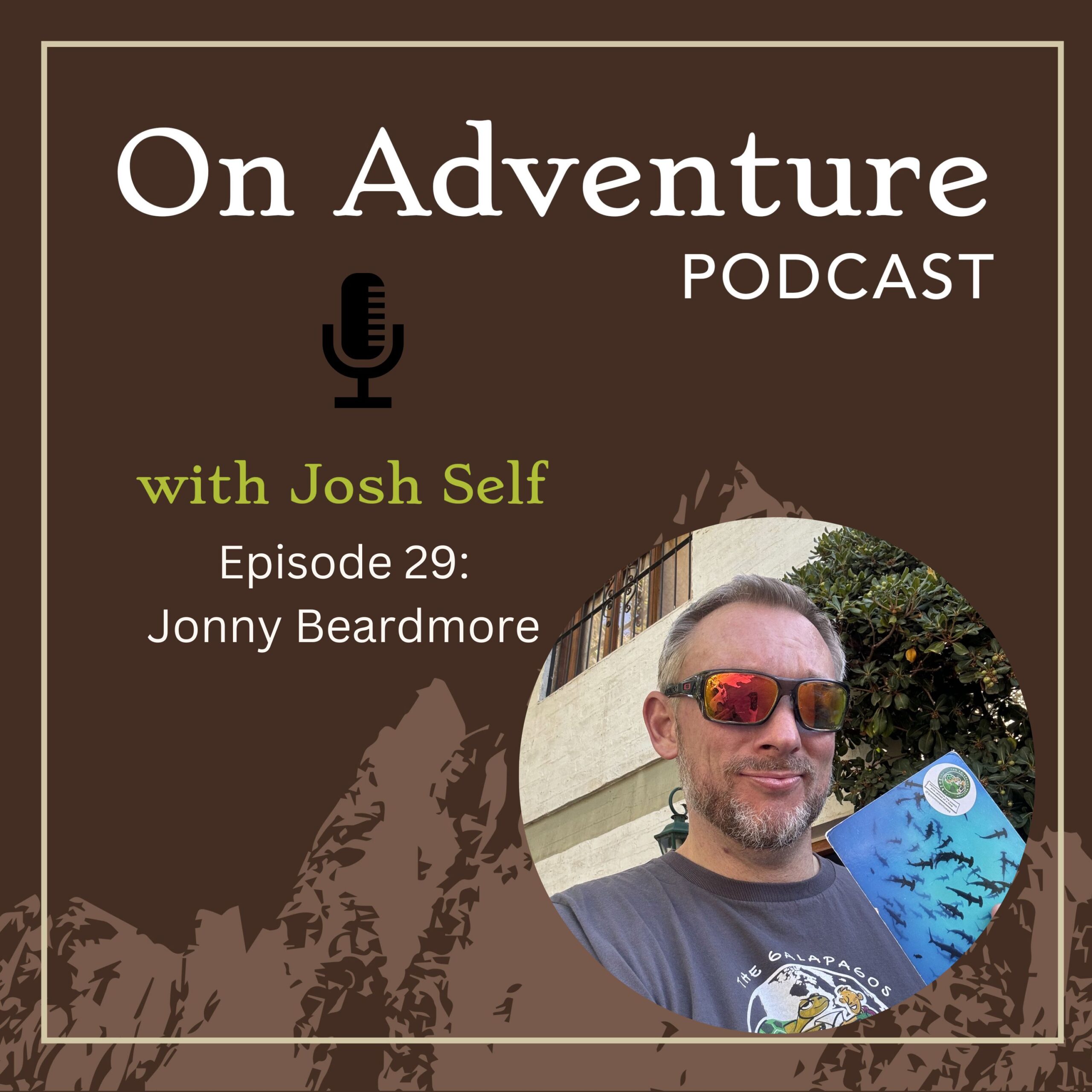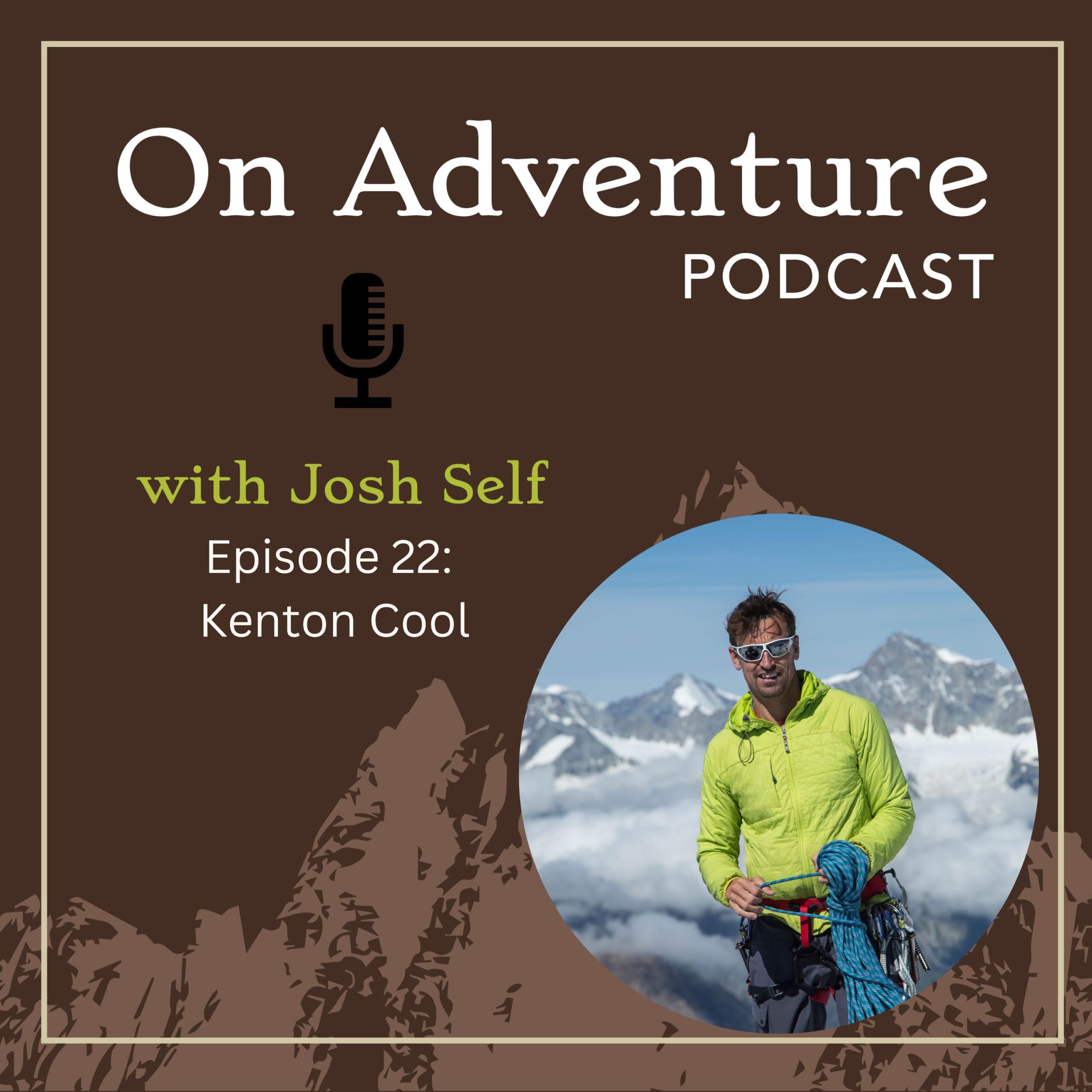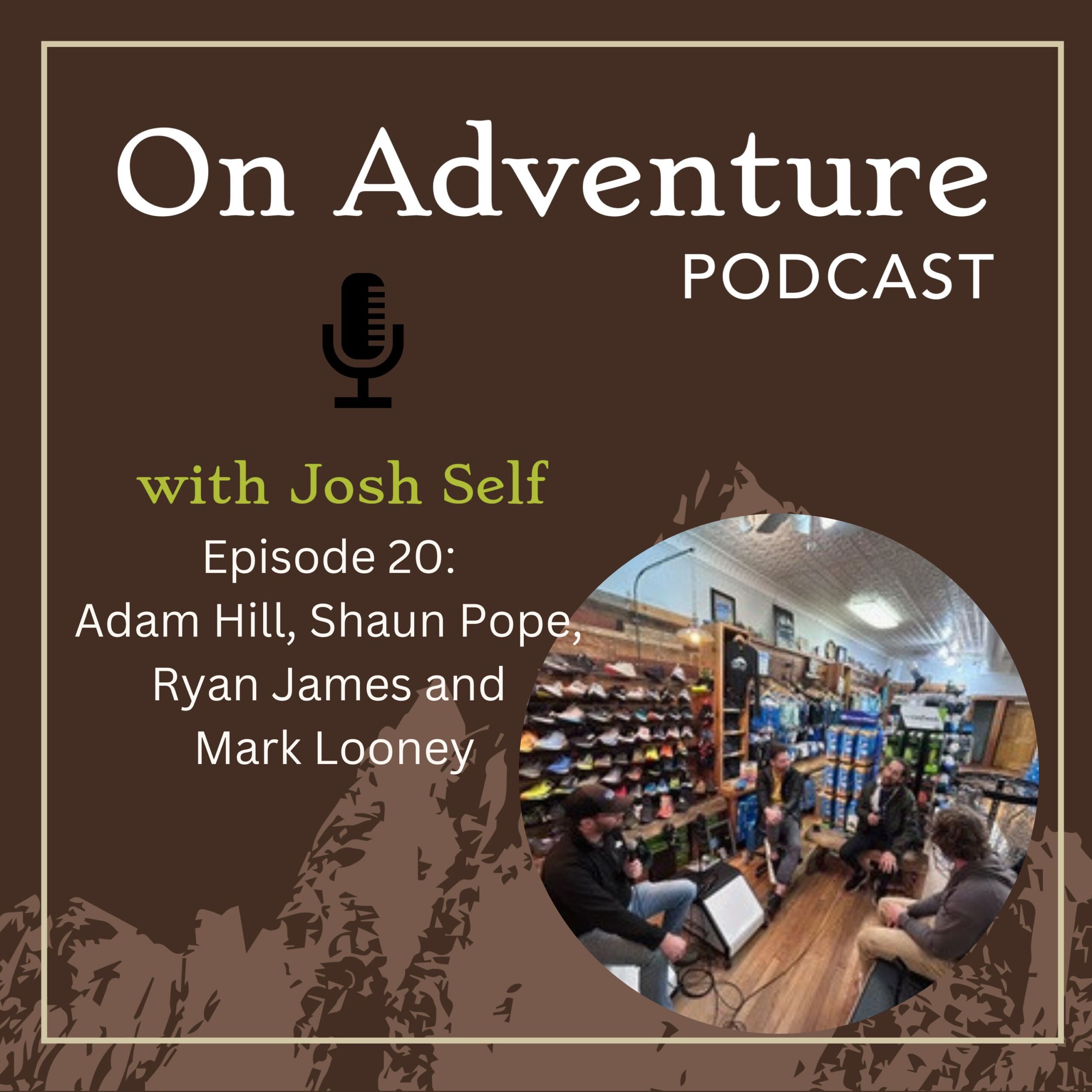How to Live Like a Local in Paris, France: A Financial Planner’s Guide to Adventure
Paris, the City of Light, is known for its world-class art, cuisine, and culture. But to truly experience the magic of Paris, you need to live like a local. Not only does this provide a more authentic experience, but it can also be more financially sustainable, which is a priority for our financial planning clients. Here’s a guide to living like a local in Paris with a touch of adventure, while keeping your budget in check.
Navigate Paris Like a Parisian
One of the best ways to explore Paris is on foot or by using public transportation. Parisians often walk or bike around the city, especially in pedestrian-friendly areas like Le Marais or the Latin Quarter. Renting a Vélib’ bike is a great option for getting around efficiently and affordably. For longer journeys, the Paris Metro is fast, cheap, and easy to navigate. A weekly or monthly Navigo pass can save you money compared to purchasing individual tickets.
Explore the Neighborhoods Beyond the Tourist Spots
While the Eiffel Tower and Louvre are iconic, living like a local means venturing into Paris’s unique neighborhoods. Montmartre offers cobblestone streets, art galleries, and an authentic bohemian atmosphere. Definitely visit the Sacré-Cœur Basilica at the top of Montmarte and take the short tram from the front steps down to a delicious streetside crepe. My family loved this excursion! Le Marais, with its narrow medieval streets, is home to fashionable boutiques, quaint cafés, and hidden courtyards. Canal Saint-Martin is a favorite among Parisians for picnics and strolls along the water.
For a true local experience, spend time in lesser-known districts like Belleville, known for its vibrant street art and multicultural food scene, or the 11th arrondissement, where you’ll find affordable restaurants and a relaxed, authentic vibe.
Shop at Local Markets
One of the most enjoyable ways to live like a Parisian is by shopping at local markets. Rue Mouffetard, in the Latin Quarter, is a historic market street with fresh produce, cheeses, and bread. Marché d’Aligre in the 12th arrondissement is a bustling market where you can find everything from gourmet foods to second-hand treasures.
Shopping at markets not only supports local businesses but also offers a budget-friendly way to enjoy the best of French cuisine. Grab some fresh baguettes, cheese, and a bottle of wine for a perfect Parisian picnic in one of the city’s many parks. The amount of Fromageries in Paris will make a cheese lover’s heart melt!
Enjoy the Green Spaces
Paris is home to beautiful parks and gardens where locals spend their weekends relaxing. The Jardin du Luxembourg is a favorite for its tranquil atmosphere and stunning landscapes. For something off the beaten path, visit Parc des Buttes-Chaumont in the 19th arrondissement, one of Paris’s largest parks, complete with waterfalls, cliffs, and stunning views of the city. Parc Monceau in the 8th arrondissement is another gem, offering a peaceful retreat surrounded by elegant townhouses.
Eat Like a Parisian
Dining in Paris can be pricey, but there are ways to eat like a local without overspending. Skip the tourist traps and head to neighborhood bistros and brasseries where locals dine. For an authentic Parisian experience, visit a fromagerie (cheese shop) and boulangerie (bakery) to assemble your own meal. Enjoy a simple, yet delicious picnic by the Seine or in one of Paris’s parks.
For those looking to experience Paris’s diverse culinary scene, explore the affordable eateries in neighborhoods like Belleville or the 10th arrondissement, where you’ll find cuisines from around the world. Don’t forget to visit the pâtisseries (pastry shops) to treat yourself to a croissant or pain au chocolat.
Take Advantage of Free Cultural Attractions
Many of Paris’s most famous museums offer free entry on the first Sunday of every month, including the Louvre and Musée d’Orsay (one of my favs). Additionally, some of the city’s most beautiful landmarks, like Notre-Dame and Sacré-Cœur, are free to visit. Wander the streets of the historic neighborhoods like Le Marais and the Latin Quarter, soaking in the city’s architecture and charm without spending a euro.
Another way to experience local culture is by attending free events. From outdoor film screenings in the summer to seasonal festivals, Paris offers numerous opportunities for entertainment that won’t strain your budget.
Live Like a Local, Plan Like a Pro
Living like a local in Paris means embracing the city’s slower pace, savoring simple pleasures, and avoiding the touristy spots in favor of authentic experiences. As financial planners, we understand that your travel adventures shouldn’t come at the expense of your financial well-being. By making smart choices, from using public transportation to shopping at local markets, you can enjoy the best of Paris without breaking the bank.
Financial Tips for Adventurous Paris Travelers
- Set a Daily Budget: Paris can be expensive if you’re not mindful of your spending. Set a daily budget for meals, transportation, and activities to stay on track.
- Accommodation: Consider staying in short-term rentals or chambres d’hôtes (bed and breakfasts) instead of pricey hotels. This also gives you the chance to live in authentic Parisian neighborhoods.
- Local Banking Options: If staying for a longer period, consider opening a local bank account to avoid foreign transaction fees.
- Use Public Transport: The Navigo pass is cost-effective for public transport, and Vélib’ bikes are an affordable, fun way to explore the city.
By following these tips, you can experience Paris like a local and make your trip both memorable and financially smart. Paris is a city for dreamers and adventurers alike, and with the right approach, you can explore its wonders without overspending.

